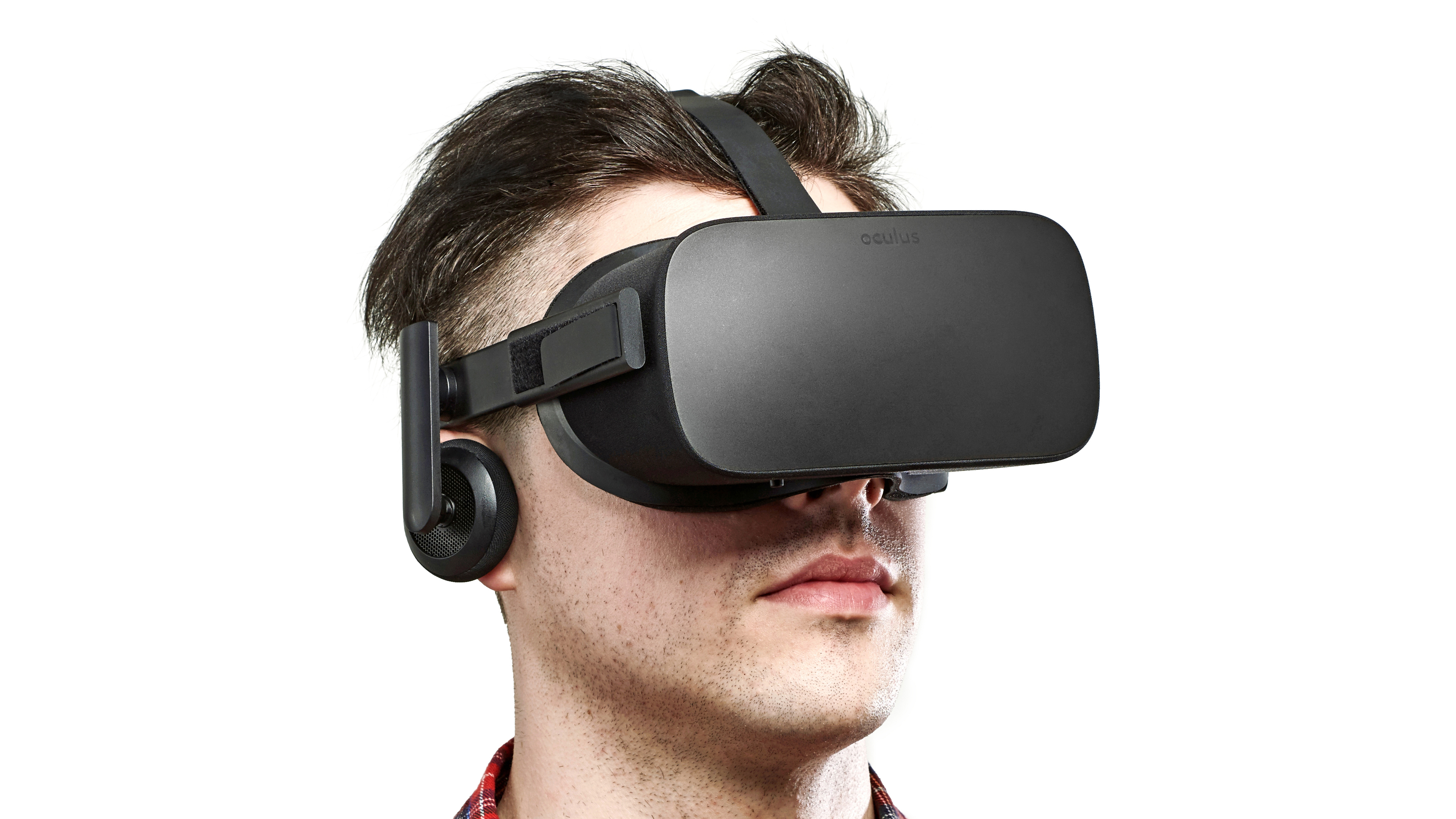TechRadar Verdict
Oculus Rift isn't the all-encompassing 'future of entertainment' some may have expected, but we're optimistic that it might earn that title in the coming years.
Pros
- +
Snug fit
- +
Best VR games
- +
Growing list of movies and apps
Cons
- -
Can cause nausea
- -
Minimum PC requirements
- -
Still a big investment
Why you can trust TechRadar
Upon release, the Oculus Rift felt like a game-changer. One of the first VR headsets to prove that VR could be a highly immersive and enjoyable experience – one that even people with the right PC set-up could experience at home.
That’s changed now the original Oculus Rift is nearly five years old and has since been surpassed by the Oculus Rift S, which is our current favorite runner-up in our best VR headsets buying guide behind the Valve Index.
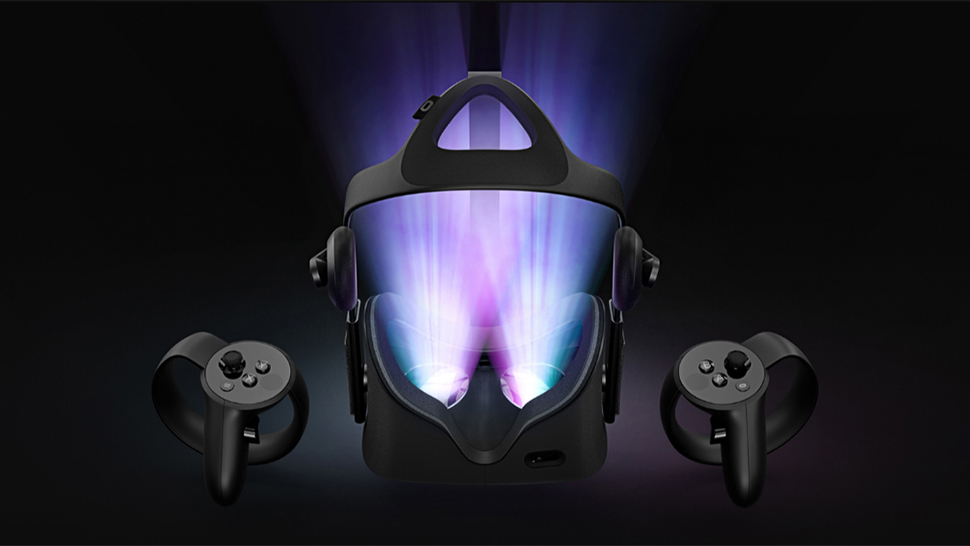
When it first launched in 2016, the Oculus Rift promised to change the world of gaming forever. and while it hasn't quite done that (at least not yet), the virtual reality landscape has slowly matured and becomes an even more attractive proposition over time.
A number of significant changes and upgrades have been added to the Oculus Rift over the years – even though now it’s not available via Oculus but through third-party sellers.
For example, some high-profile games have launched on the hardware, and it's received motion controllers in the form of Oculus Touch (one of the most crucial upgrades since launch day).
Another big change is that the Oculus Rift now requires Windows 10 to run all new and upcoming features and apps. The headset still supports Windows 7 and 8.1, so users with those systems can continue to play existing games, but come time for new releases, they could be out of luck.
While some users aren't best pleased, Oculus points out that Microsoft no longer provides mainstream support for Windows 7 and 8.1, so only Windows 10 can meet its “performance standards” going forward. Oculus also says the majority of Oculus Rift owners already run Windows 10.
Although since the launch of the original Oculus Rift there have been a number of competing virtual reality headsets launched, including headsets by Oculus itself, like the Oculus Rift S or standalone Quest and Quest 2, the original Oculus Rift is still a very capable VR headset for gaming, and now it’s no longer officially available from Oculus, you can find some tempting deals.
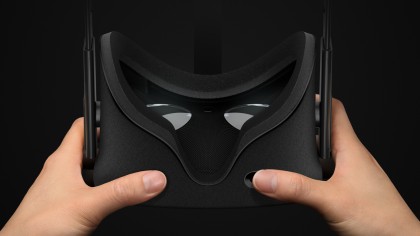
OK, before we dive too deep into the virtues of VR, let's take a moment to talk about the two most important aspects to consider before deciding to buy a Rift of your own: price and the minimum PC requirements.
If you've been following the virtual reality scene you probably know this already, but the Oculus Rift requires a wired connection to a PC in order to have enough power to drive two 1080 x 1200 resolution images to each lens inside the headset. It can't just be any old run-of-the-mill PC, either – you're going to need a top of the line gaming PC to enjoy everything the Rift has to offer.
Originally, the minimum specs put out by Oculus called for an Intel Core i5 4590 or equivalent processor, 8GB of RAM and an NVIDIA GTX 970 or AMD Radeon 290 video card. Most of the hardcore gaming community might already have these components on hand, but if you're a casual gamer or currently more of a PC layman, these parts will be the first of two costly investments you need to pay for upfront.
Recently, however, that minimum spec has been brought down to an Intel i3-6100, instead of the more expensive Intel i5-4590, and GPUs can now start from the Nvidia GTX 960 from the recommended 970.
That change brings down the cost of the system required to play VR games to around $499 by Oculus's estimates, and it now partners with a number of PC manufacturers to promote Rift-ready computers.
The other expenditure is the Oculus Rift itself, duh.
When paired with the proper hardware, the Oculus Rift is far superior to PlayStation VR, and light years ahead of Google Cardboard and Samsung Gear VR, both of which only rely on the power of your cell phone to gaze into the plane of virtual reality. It's not quite as immersive or as capable as the HTC Vive, but I'll touch on that point more in a bit.
So, what exactly are you buying? What does the Oculus Rift do?
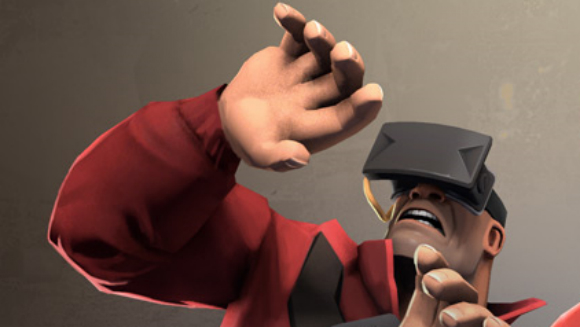
Price and availability
Since it was first launched the Oculus Rift has had a number of price reductions. Now there isn’t a fixed price as it’s available through third-party sellers only, but at the time of writing, you can pick one up for US$399 / £399 / AU$399. That’s generally for the headset, two sensors and the Touch Controllers.
For comparison, you can now get your hands on an Oculus Quest 2 – the newest standalone headset from Oculus that isn’t powered by a PC – for £299 / $299 / AU$479 (64GB) and the Oculus Rift S – the upgraded Oculus Rift – from $399 / £399 / AU$649.
How the Oculus Rift works
I've tried my best to explain virtual reality in words and, on multiple occasions, have completely and utterly failed. At best all I can do is paint a half-cocked image in hopes to inspire you to go out and find a friend or coworker with an Oculus Rift of their own who'd be kind enough to let you give it a whirl. Here goes nothing.
Imagine standing on the ledge of a 100-story building. Imagine looking down at the street below you. Imagine the tightening of your stomach and the sense of dread that you might, at any second, fall to your demise.
Now imagine taking one step forward.
You're falling and the world is whipping before you. You're petrified. But you also feel alive. The second right before you hit the ground is the worst – your brain is actually prepared for the moment by dumping adrenaline into your system as a mild painkiller.
But while all this is happening, you haven't actually moved. You've been sitting in a chair in your own home, staring into a screen. Your biometrics have changed, but, geographically speaking, you're exactly where you were 10 minutes ago.
This is what it's like to use virtual reality, to get the experience of being somewhere else in a different time, a different place, sometimes as far as an alien world, all without ever leaving your home.
This product is the fruit of a four-year research project that launched on Kickstarter, made $2 million, then was purchased by one of the most powerful tech companies in the world, Facebook. The Oculus Rift shipping these days is the first commercially available unit – the fourth evolution of the headset that started back in 2012 with Developer Kit 1.
The latest iteration of the headset is significantly better than any of the previous development kits. It's easier to setup thanks to an intuitive program that you're prompted to download when you plug it in, and it now takes less technical know-how to install games and troubleshoot when things go awry.
Like other virtual reality headsets, the Oculus RIft has the arduous task of completely immersing you in a video game by producing two images simultaneously. It does this by hooking into the back of your graphics card's HDMI port and using a camera to track your head movement.
You can either sit or stand while wearing the headset, whichever you find more comfortable, and thanks to recent updates the Rift can now track you around a small room too, as with the HTC Vive (what we commonly refer to as "room-scale VR").
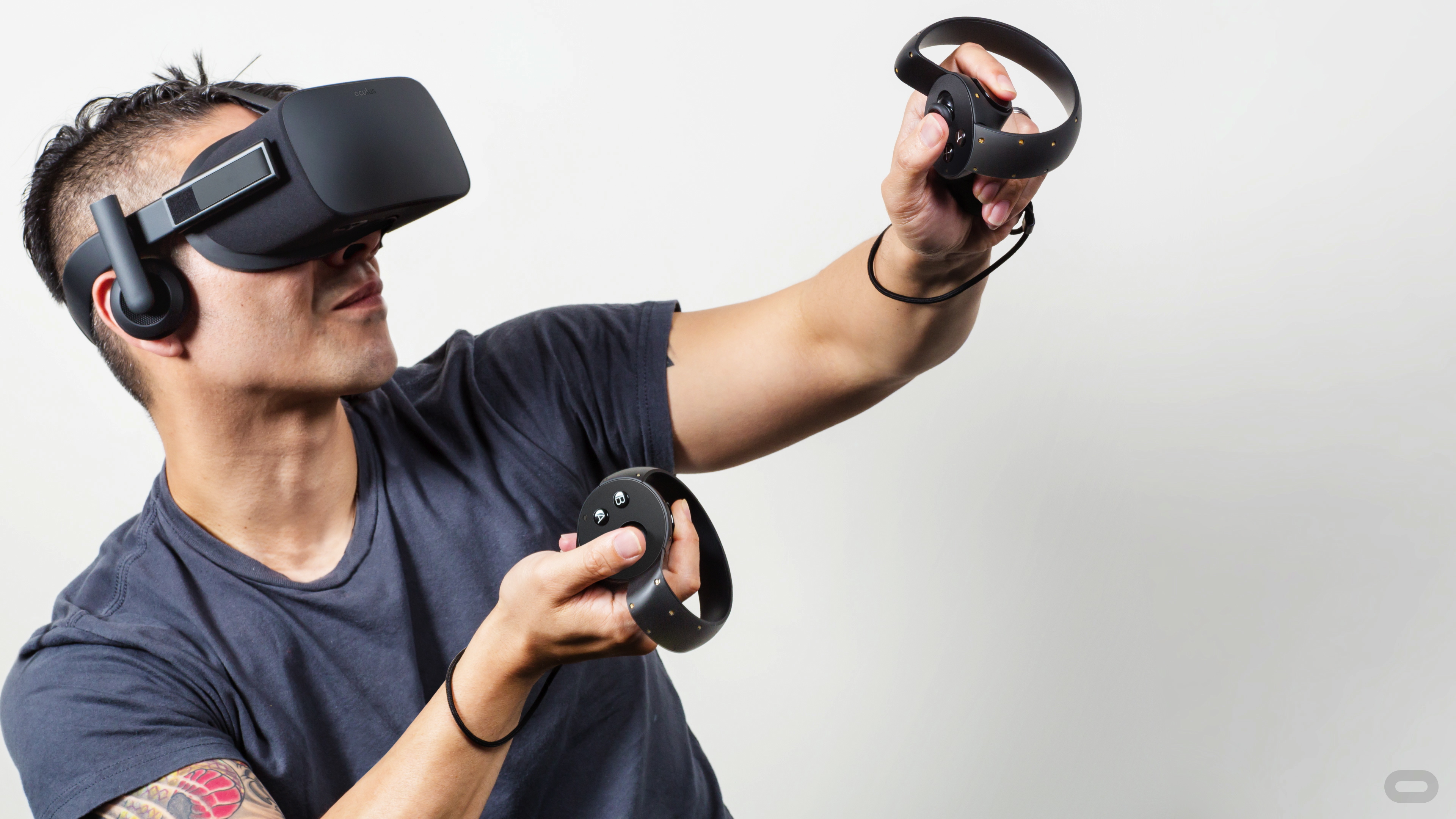
What you'll get inside every Oculus Rift box is the headset itself, two Oculus Sensors, two Touch controllers, seven free VR apps (including Lucky's Tale and Robo Recall), and all the cables you need to hook up your headset.
Once you've plugged the headset into the HDMI port on your GPU, the two USB cables from the headset and sensor to two USB 3.0 ports on your PC, and the Xbox One controller adapter into a USB 2.0 port on your PC, you're ready to start the short and simple setup process, which only takes about 10 minutes.
What you'll find when you're done is a library of about 100 titles that are longer than anything found on the HTC Vive. I've played a good deal of them, and while some are better than others, there weren't any that I felt were a waste of time or money. I'll cover them in more detail on the next page but, in the broadest of strokes, the Rift is a fun gaming system, even if it's not number one right now.
Current page: Introduction, price and required specs
Next Page Design, performance and content libraryNick Pino is Managing Editor, TV and AV for TechRadar's sister site, Tom's Guide. Previously, he was the Senior Editor of Home Entertainment at TechRadar, covering TVs, headphones, speakers, video games, VR and streaming devices. He's also written for GamesRadar+, Official Xbox Magazine, PC Gamer and other outlets over the last decade, and he has a degree in computer science he's not using if anyone wants it.
